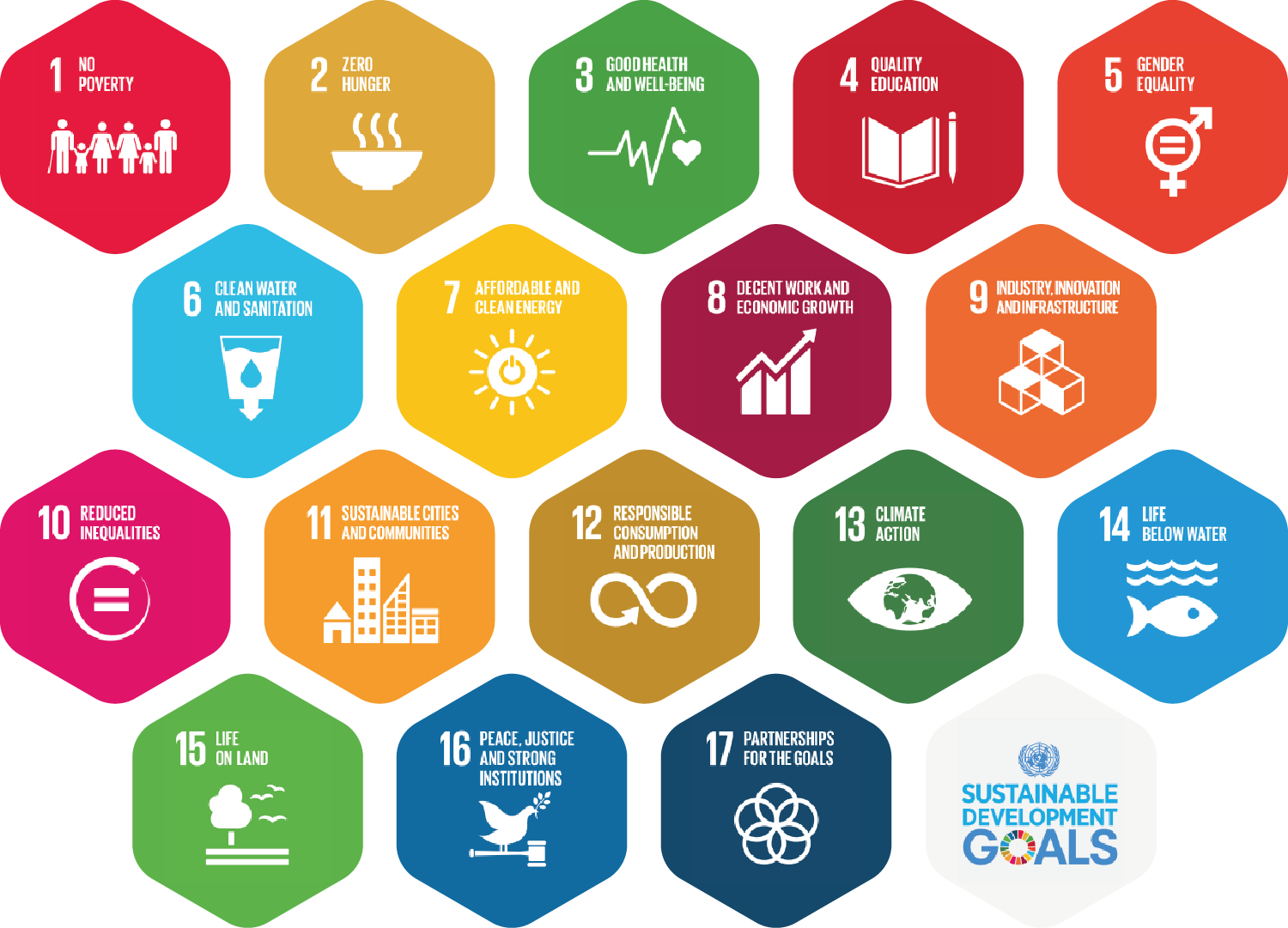
Our leitmotif
The UN’s 17 Sustainable Development Goals (SDGs) define global priorities and aspirations for sustainable development through 2030 and seek to mobilize global efforts around a common set of goals and targets. The SDGs call for global action by governments, business and civil society to end poverty and create a life of dignity and opportunity for all people within the boundaries of the planet. Learn more about SDGs.
Our contribution for a better world
Planning systems and optimization are important tools, especially when it comes to sustainability and resources.
- CO2 reduction (SDG7, SDG13)
- Increase of energy efficiency (SDG7, SDG13)
- Increase of the recycling rate (SDG12,SDG14)
- Sustainable supply chain (SDG7, SDG 10)
- Waste prevention (SDG12, SDG14)
- Personnel & Resource Planning (SDG3, SDG4)
- Sustainable sourcing (SDG12)
In the manufacturing industry, 100 % sustainability is currently not feasible. Too many non-renewable raw materials are used. Nevertheless, sustainability can be significantly improved by minimizing the use of energy and natural resources. The following is a practical example of how this can be supported by intelligent optimization algorithms.
Energy – an expensive commodity
A project report from the metal industry
Our customer is a renowned manufacturer of high-quality rolled aluminum products, which are used worldwide for aircraft and cars, machinery, buildings, sports and electronic goods or packaging. The technological core competences are recycling, casting, rolling, heat treatment and surface finishing.
Production with high energy input
The production of aluminum is extremely energy-intensive; an average of 15,700 kWh of electrical energy is required to produce one ton of aluminum. In addition, there are the energy costs that are incurred in the further processing of the aluminum products.
Everything passes through the bottleneck
our customer uses annealing furnaces for the heat treatment of semi-finished aluminium products. These furnaces are bottlenecks, i.e. the capacity of these plants limits the throughput of the total production. For this reason, these energy-intensive plants are operated around the clock, 7 days a week.
How to reduce costs and CO2
Recognize the potential
The starting point for increasing furnace efficiency and thus reducing energy consumption is the optimization of furnace utilization by using dedicated algorithms. These aim to minimize the number of furnace loads while maintaining the same amount of material. In addition, the energy input necessary to reach the material-dependent annealing temperatures is to be reduced. Maximized furnace loading and reduction of heating and cooling phases lead directly to considerable energy savings.
Find the optimal approach
The grouping of orders that are suitable for joint furnace loading is complex. Until now, the orders have been combined manually, which does not lead to optimal solutions within a reasonable time given the number of parameters to be considered. bisonaire has developed an algorithm for this optimization problem that automates the complete furnace planning. As a result the furnace load could be increased by at least 20 % compared to manual planning. In addition, setup times (warm-up and cooling phases) have been reduced by up to 50 %.
